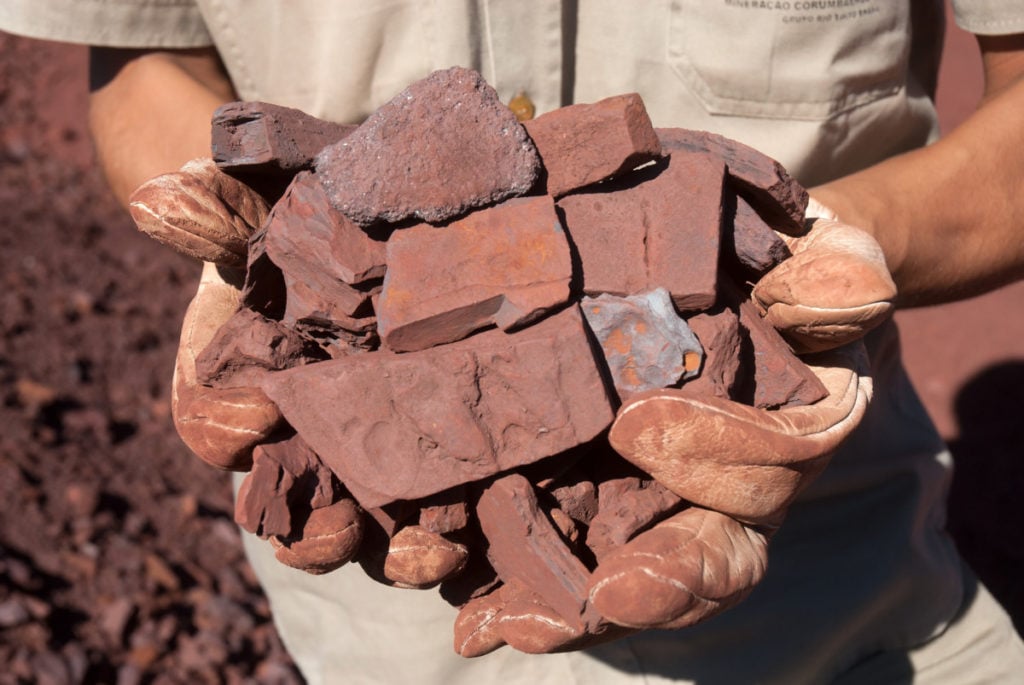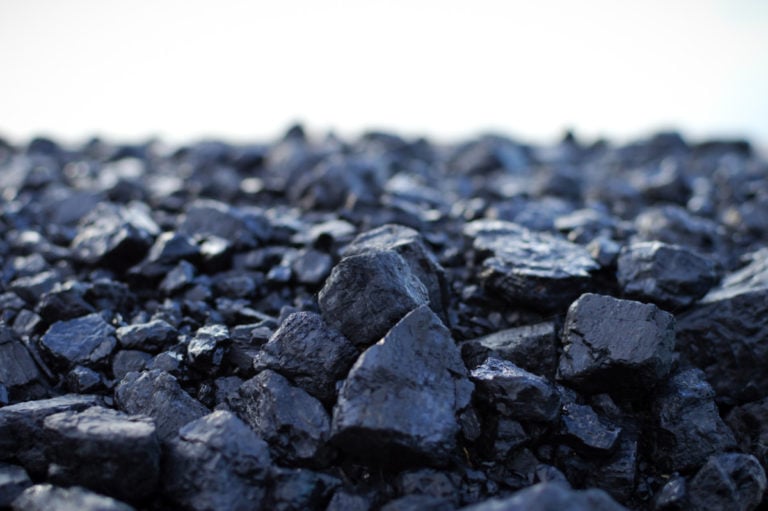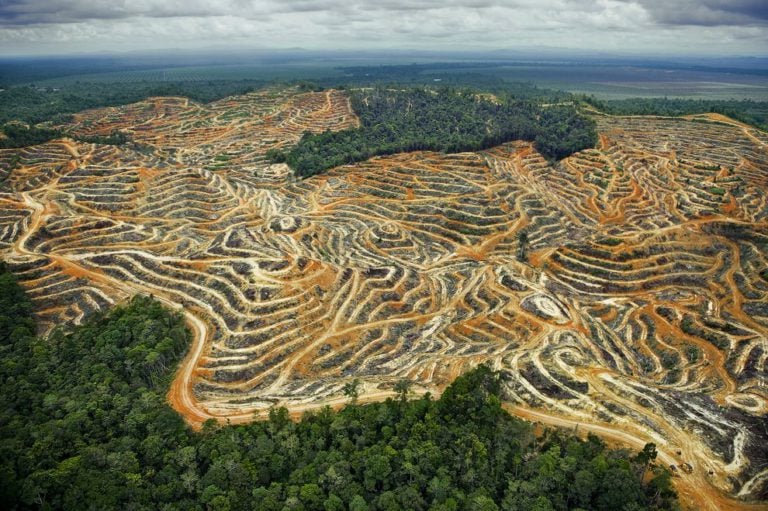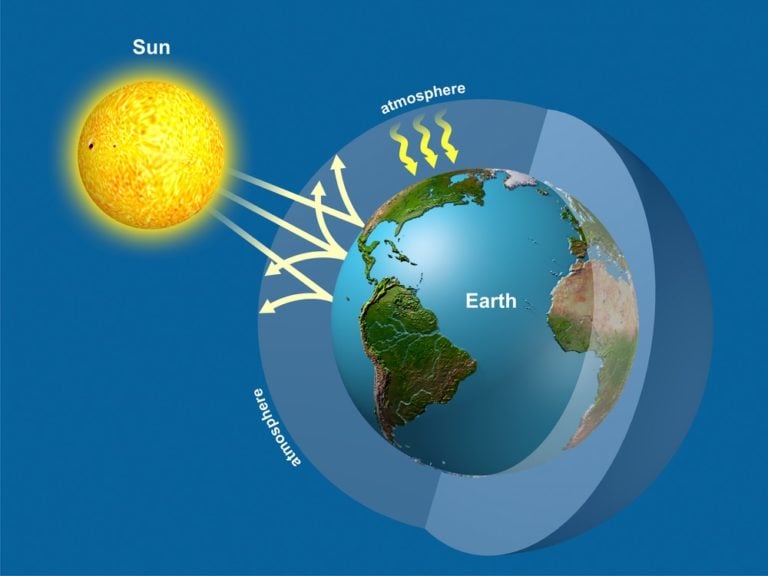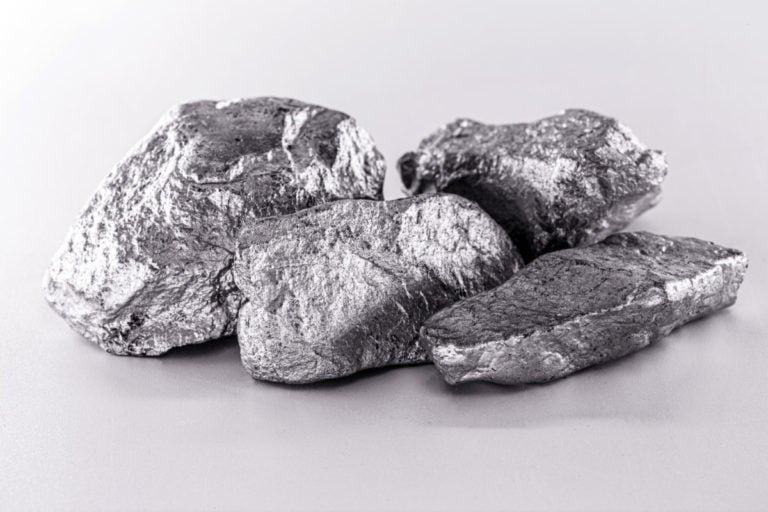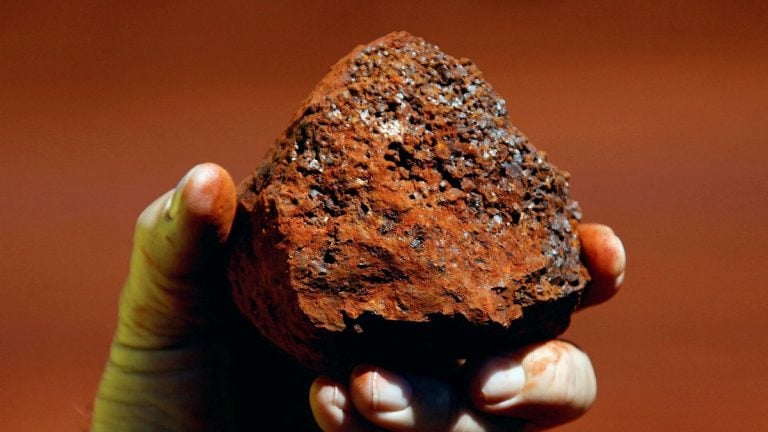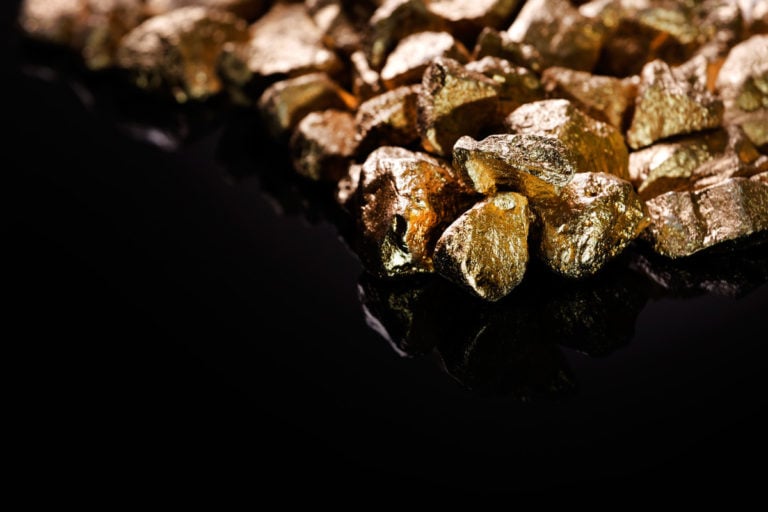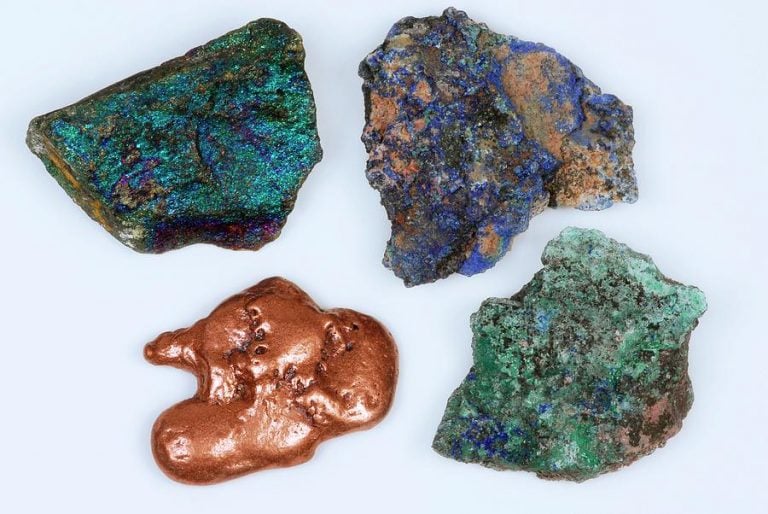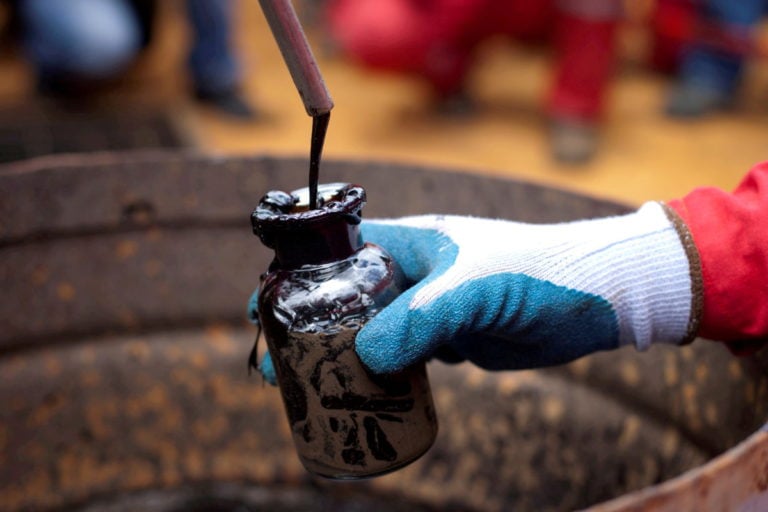Today it is difficult to imagine life without steel, from which many things around us are made.
The basis of this metal is iron obtained by smelting ore. Iron ore differs in origin, quality, method of extraction, which determines the feasibility of its extraction. Also, iron ore is distinguished by its mineral composition, the percentage of metals and impurities, as well as the usefulness of the additives themselves. Iron as a chemical element is part of many rocks, however, not all of them are considered raw materials for mining. It all depends on the percentage composition of the substance.
Such raw materials began to be mined 3000 years ago, since iron made it possible to produce better quality durable products in comparison with copper and bronze. And already at that time, the craftsmen who had smelters distinguished the types of ore.
Today, the following types of raw materials are mined for further metal smelting:
- Titanium-magnetite;
- Apatite-magnetite;
- Magnetite;
- Magnetite-hematite;
- Goethite-hydrogoethite.
Iron ore is considered rich if it contains at least 57% iron. But, developments can be considered appropriate at 26%.
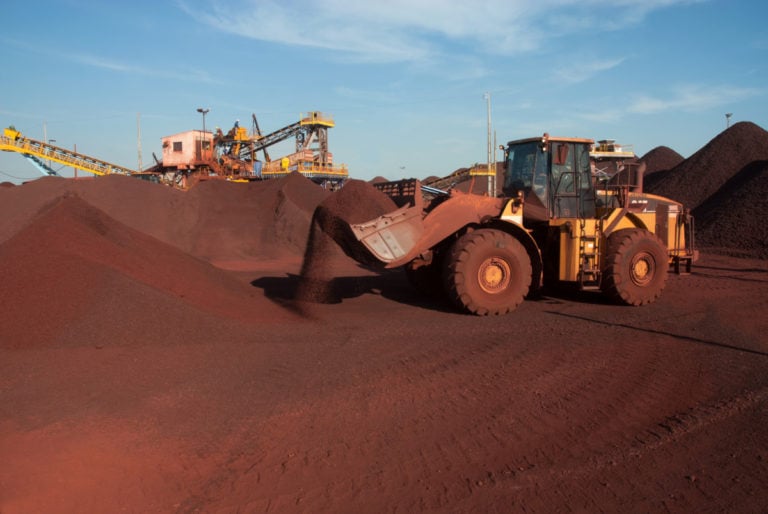
Iron in the composition of the rock is more often in the form of oxides, the remaining additives are silica, sulfur and phosphorus.
Origin of iron ore
Igneous
Such ores were formed as a result of exposure to the high temperature of magma or ancient volcanic activity, that is, the remelting and mixing of other rocks. Such minerals are hard crystalline minerals with a high percentage of iron. Ore deposits of igneous origin are usually associated with old mountain building zones, where molten material came close to the surface.
Metamorphic
This is how sedimentary types of minerals are transformed. The process is as follows: when moving certain sections of the earth’s crust, some of its layers containing the necessary elements fall under the overlying rocks. At depth, they are subject to the high temperature and pressure of the upper layers. During millions of years of such exposure, chemical reactions occur here that transform the composition of the source material, crystallization of the substance. Then, in the process of the next movement, the rocks are closer to the surface.
Typically, iron ore of this origin is not too deep and has a high percentage of useful metal composition. For example, as a bright example – magnetic iron ore (up to 73-75% iron).
Sedimentary
The main “workers” of the process of ore formation are water and wind. Destroying rock layers and moving them to lowlands, where they accumulate in layers. Plus, water, as a reagent, can modify the source material (leach). As a result, brown iron ore is formed – a crumbly and loose ore containing from 30% to 40% iron, with a large number of various impurities.
Having established by geological exploration an approximate picture of the processes taking place in a particular area, they determine the possible places with the occurrence of iron ores. As, for example, the Kursk magnetic anomaly, or the Krivoy Rog basin, where, as a result of magmatic and metamorphic influences, types of iron ore valuable in industrial terms were formed.
Iron ore mining on an industrial scale
Mankind began to extract ore a very long time ago, but most often it was low-quality raw materials with significant impurities of sulfur (sedimentary rocks, the so-called “swamp” iron). The scale of development and smelting constantly increased. Today, a whole classification of various deposits of ferruginous ores has been built.
Main types of industrial deposits
All ore deposits are divided into types depending on the origin of the rock, which in turn makes it possible to distinguish the main and secondary iron ore regions.
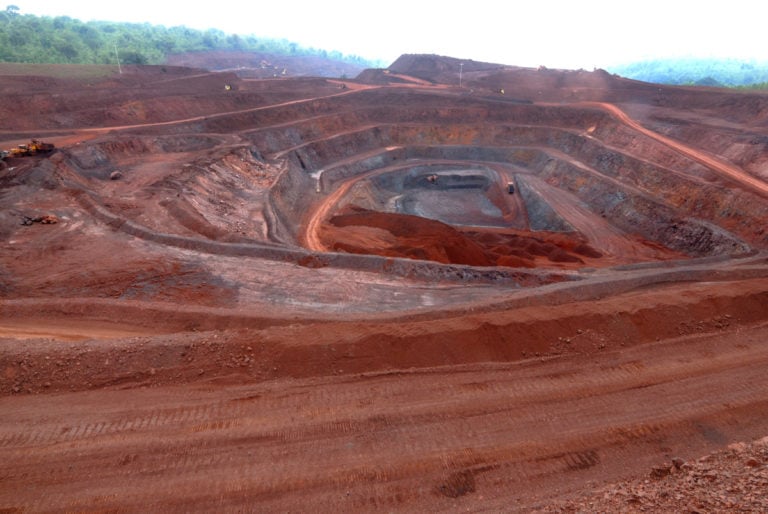
These include the following deposits:
- Deposits of various types of iron ore (ferruginous quartzites, magnetic iron ore), formed by a metamorphic method, which makes it possible to extract very rich ores from them. Typically, deposits are associated with the most ancient processes of formation of rocks in the earth’s crust and lie on formations called shields.
The best-known deposits of this type are: the Kursk magnetic anomaly, the Krivoy Rog basin, Lake Superior (USA/Canada), Hamersley province in Australia, and the Minas Gerais iron ore region in Brazil.
- Deposits of bedded sedimentary rocks. These deposits were formed as a result of the settling of iron-rich compounds that are present in the composition of minerals destroyed by wind and water. A striking example of iron ore in such deposits is brown iron ore.
The most famous and large deposits are the Lorraine basin in France and the Kerch on the peninsula of the same name (Russia).
- Skarn deposits. Usually the ore is of igneous and metamorphic origin, the layers of which, after formation, were displaced at the time of the formation of mountains. That is, iron ore, located in layers at a depth, was crumpled into folds and moved to the surface during the movement of lithospheric plates. Such deposits are located more often in folded areas in the form of layers or pillars of irregular shape. Formed by magma. Representatives of such deposits: Magnitogorsk (Urals, Russia), Sarbayskoye (Kazakhstan), Iron Springs (USA) and others.
- Titanomagnetite ore deposits. Their origin is igneous, they are most often found at outcrops of ancient bedrocks – shields. These include basins and deposits in Norway, Canada, Russia (Kachkanarskoye, Kusinskoye).
- About a hundred mineral deposits were discovered in Russia in 2016
Minor deposits include: apatite-magnetite, magno-magnetite, siderite, ferromanganese deposits developed in Russia, Europe, Cuba and others.
How iron ore is mined
Seams of iron ore lie at different depths, which determines its extraction methods from the bowels.
Career way
The most common quarrying method is used when deposits are found at a depth of about 200-300 meters. The development takes place through the use of powerful excavators and rock crushing plants. After that, it is loaded for transportation to processing plants.
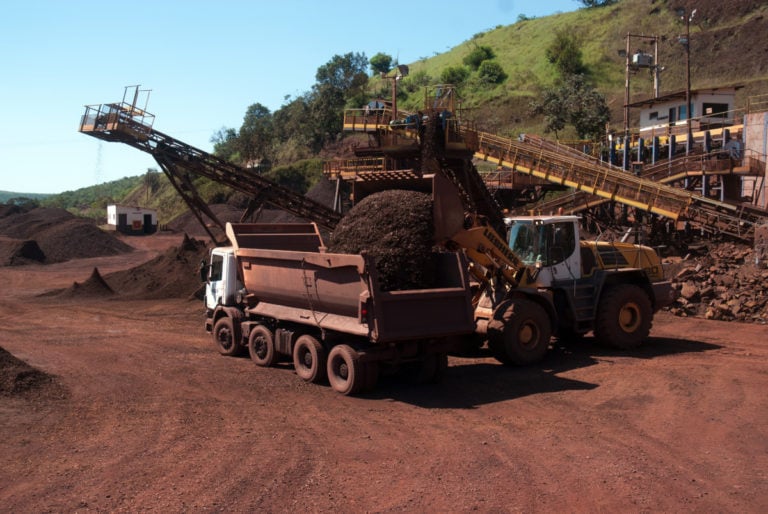
Mine method
The pit method is used for deeper layers (600-900 meters). Initially, the mine site is pierced, from which drifts are developed along the seams. From where the crushed rock is fed “to the mountain” with the help of conveyors. Ore from the mines is also sent to processing plants.
Hydroextraction
First of all, for downhole hydraulic production, a well is drilled to the rock formation. After that, pipes are brought into the target, ore is crushed with a powerful pressure of water with further extraction. But this method today has a very low efficiency and is used quite rarely. For example, 3% of raw materials are extracted in this way, and 70% by mines.
After mining, the iron ore material must be processed to obtain the main raw material for smelting metal.
Iron ore enrichment
Since there are many impurities in the composition of the ores, in addition to the necessary iron, in order to obtain the maximum useful yield, it is necessary to clean the rock by preparing the material (concentrate) for smelting. The whole process is carried out at mining and processing plants. For various types of ores, their own methods and methods of purification and removal of unnecessary impurities are applied.
For example, the technological chain of enrichment of magnetic iron ore is as follows:
- Initially, the ore goes through the crushing stage in crushing plants (for example, jaw crushers) and is fed by a belt conveyor to the separation station.
- Using electromagnetic separators, parts of magnetic ironstone are separated from waste waste rock.
- After that, the ore mass is transported to the next crushing.
- The crushed minerals are moved to the next cleaning station, the so-called vibrating sieves, here the useful ore is sifted, separated from the light unnecessary rock.
- The next stage is the fine ore hopper, in which small particles of impurities are separated by vibrations.
- Subsequent cycles include the next addition of water, crushing and passing the ore mass through slurry pumps, removing unnecessary sludge (waste rock) along with the liquid, and crushing again.
- After repeated cleaning with pumps, the ore enters the so-called screen, which once again cleans the minerals by the gravitational method.
- Repeatedly purified mixture goes to a dehydrator that removes water.
- Drained ore again goes to the magnetic separators, and only then to the gas-liquid station.
The enrichment results in iron ore concentrate used in smelting.
Using iron ore
It is clear that iron ore is used to obtain metal. But, two thousand years ago, metallurgists realized that in its pure form, iron is a rather soft material, products from which are slightly better than bronze. The result was the discovery of an alloy of iron and carbon – steel.
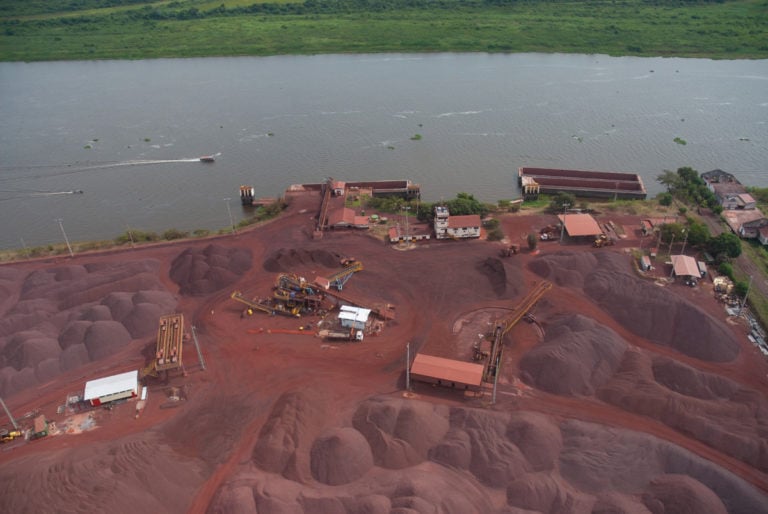
Today, a huge list of products, equipment and machines is made from this metal. However, the invention of steel was associated with the development of the weapon industry, in which the craftsmen tried to obtain a material with strong characteristics, but at the same time, with excellent flexibility, malleability, and other technical, physical and chemical characteristics. Today, high-quality metal has other additives that alloy it, adding hardness and wear resistance.
The second material that is produced from iron ore is cast iron. It is also an alloy of iron with carbon, which contains more than 2.14%.
For a long time, cast iron was considered a useless material, which was obtained either by violating the technology of steel smelting, or as a by-product that settles at the bottom of smelting furnaces. Basically, it was thrown away, it cannot be forged (brittle and practically not ductile).
Today, cast iron is used in many industries, especially in mechanical engineering. Also, this metal is used to produce steel (open-hearth furnaces and the Bessmer method).
With the growth of production, more and more materials are required, which contributes to the intensive development of deposits. But developed countries consider it more expedient to import relatively inexpensive raw materials, reducing the volume of their own production. This allows the main exporting countries to increase the production of iron ore with its further enrichment and sale as a concentrate.
